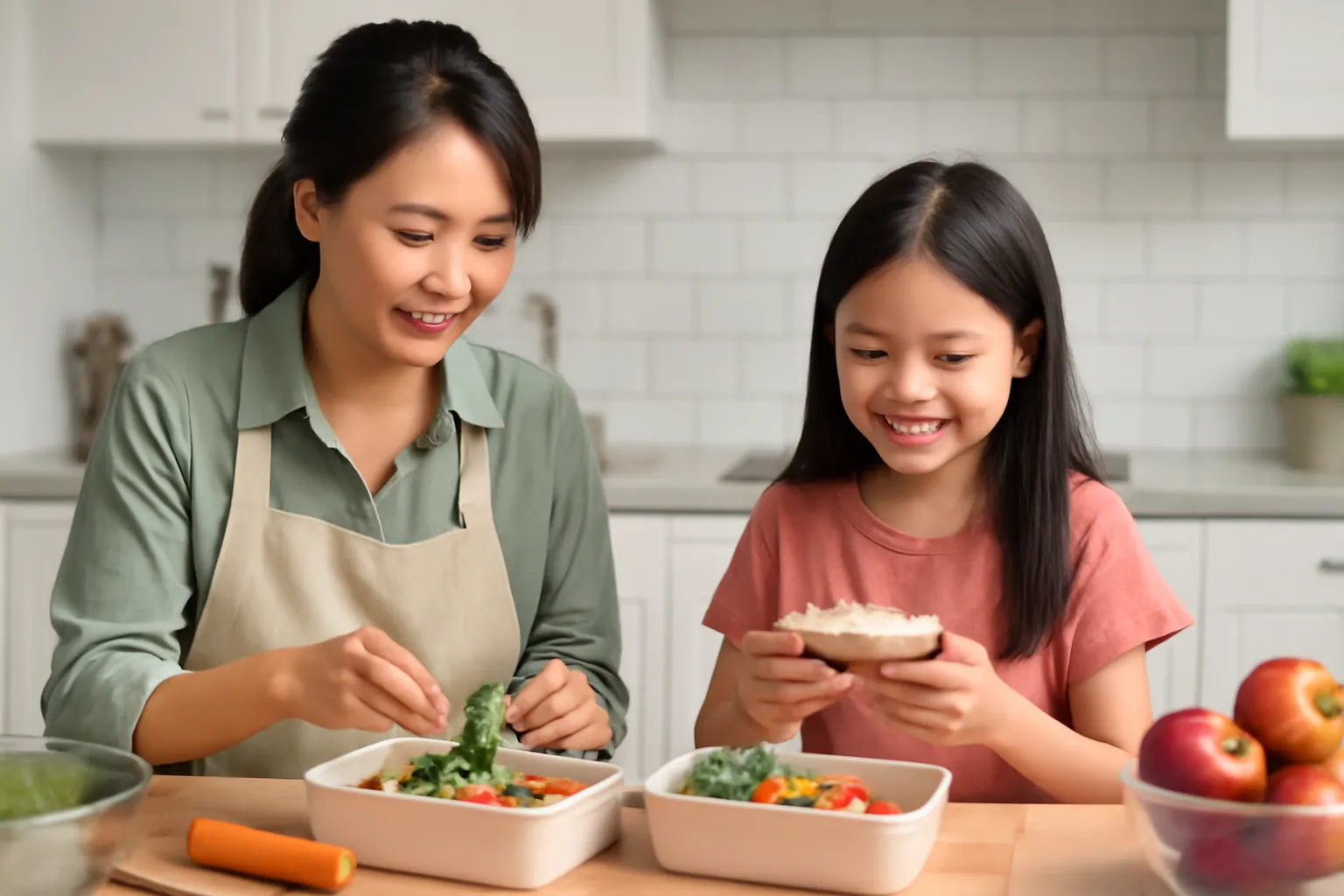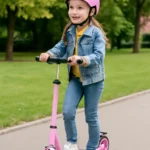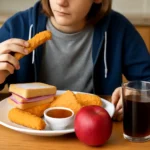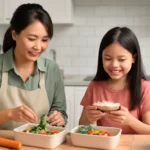Discover how experience learning through lunchtime activities can make a meaningful impact on elementary school students! Have you ever wondered how involving children in the preparation of their own lunch boxes can become a rich learning experience? Whether it’s understanding nutrition, building life skills, or fostering independence, creating an “experience learning lunch box” has proven to be a game changer. This article explores the concept, the benefits, and how to effectively create an enriching lunchtime experience for elementary students.
Introduction to the Concept of Experience Learning Lunch Boxes
Experience learning is all about integrating practical, hands-on activities that enable children to engage in real-world learning. The concept of an experience learning lunch box isn’t just about food – it’s about creating an environment where children can interact with their food choices, learn about nutrition, and even practice various skills, such as packing, planning, and decision-making.
For elementary school students, mealtime presents a perfect opportunity to dive into lessons of self-sufficiency, responsibility, and creativity. By involving kids in lunch box creation, parents and teachers can promote learning in an informal and enjoyable way. From picking ingredients to understanding portion sizes and nutrition, every step of preparing a lunch box can offer valuable lessons.
A simple act like putting together a healthy lunch can spark curiosity and encourage children to take ownership of their choices. The goal is to move away from the idea of lunch simply being a break from classes and instead position it as a chance to develop new skills. Let’s look deeper into the key benefits of incorporating experience learning into lunch boxes for elementary students.
Benefits of the Experience Learning Lunch Box
The concept of the experience learning lunch box is rooted in enhancing a child’s learning experience through everyday activities. Here are several significant benefits that this approach offers:
1. Nutritional Education
One of the first things that children can learn while preparing their lunch boxes is nutrition. By involving them in the selection of fruits, vegetables, grains, and proteins, they develop an understanding of a balanced diet. This could even lead to children making healthier choices when they are presented with snacks at school or at home.
2. Boosting Decision-Making Skills
An essential skill children can practice is decision-making. Each day, they decide which foods to pack in their lunch box, balancing taste, nutrition, and variety. This gives them a sense of control and responsibility, while also allowing them to experiment with different combinations of foods.
3. Developing Organizational Skills
Packing a lunch box requires an element of organization, from choosing the right containers to arranging the food neatly. These seemingly small tasks teach children how to plan ahead, manage space, and think critically about how to keep food fresh. It’s not just about making a meal; it’s about the process of organizing and preparing it.
4. Improved Fine Motor Skills
The task of packing a lunch involves several fine motor activities, such as cutting fruits, assembling sandwiches, and placing items into containers. These activities can help improve hand-eye coordination and dexterity, which are important skills at this developmental stage.
5. Encouraging Creativity
Children can take pride in making their own lunch, often adding their personal touch to the meal by decorating their food or experimenting with shapes. Whether it’s arranging fruits in a fun way or choosing creative snack options, this aspect fosters creativity and imagination.
Example
Consider a school day where a child gets involved in packing their own lunch. One day, they might choose to pack a sandwich with whole grain bread, turkey, lettuce, and tomatoes, while adding apple slices and a homemade smoothie. In doing so, they’ve not only practiced planning and preparation, but they’ve also gained insights into the nutritional value of the foods they’ve selected.
Explore More About Experience Learning Lunch Boxes
How to Create the Perfect Experience Learning Lunch Box
Creating an experience learning lunch box goes beyond the task of packing food. It involves thoughtful planning and the right attitude toward teaching your child essential life skills. Here are some simple yet effective ways to create a valuable lunchtime experience for elementary school students:
1. Involve the Child in the Planning Process
Start by discussing with your child the kinds of foods they enjoy and the nutrients these foods provide. Give them options to choose from, including various fruits, vegetables, proteins, and whole grains. Not only does this make the child feel involved, but it also empowers them to make better decisions about their diet.
2. Teach Portion Control
Introduce the concept of portion control and balance. Help your child understand why it’s important to have a variety of foods in their lunch box. This could be a great opportunity to talk about the five food groups and how they contribute to a balanced diet.
3. Incorporate Cultural and Global Foods
Introducing cultural dishes is a great way to expand your child’s palate. Allow them to pick a new food each week and learn about its origins. This opens the door for diverse learning and teaches children about different cultures and cuisines.
4. Set Up a Weekly Lunch Box Challenge
To keep the learning experience exciting, set up a weekly challenge where the child picks a theme for their lunch box. For example, a “rainbow lunch” could involve packing foods of various colors, which not only makes the meal fun but also teaches kids about the importance of eating a range of colorful foods for optimal health.
5. Evaluate and Adjust
After packing the lunch boxes, sit with your child and discuss what worked well and what could be improved. Encourage them to reflect on their food choices and whether they felt satisfied. This provides an opportunity for them to develop self-assessment skills and learn to make adjustments in the future.
Example
Suppose a child is tasked with preparing a “balanced lunch” for the week. They choose carrot sticks, hummus, whole wheat crackers, a boiled egg, and a fruit salad. After the week, a discussion follows: Was there enough protein? Did they enjoy the meal? This evaluation process teaches the child how to modify their choices based on their experiences.
Find More Tips on Creating a Learning Lunch Box
Conclusion
Experience learning lunch boxes provide a unique opportunity for elementary school students to develop important life skills, such as decision-making, responsibility, creativity, and nutritional awareness. By engaging children in the preparation of their own lunches, parents and educators can foster an environment of learning that extends beyond the classroom. It’s more than just making a meal – it’s about teaching children valuable lessons in independence, organization, and healthy eating.
As the famous saying goes, “Tell me and I forget. Teach me and I remember. Involve me and I learn.” Experience learning lunch boxes are a great way to put this into practice by making education a hands-on, engaging, and fun activity that will benefit children in the long run.






